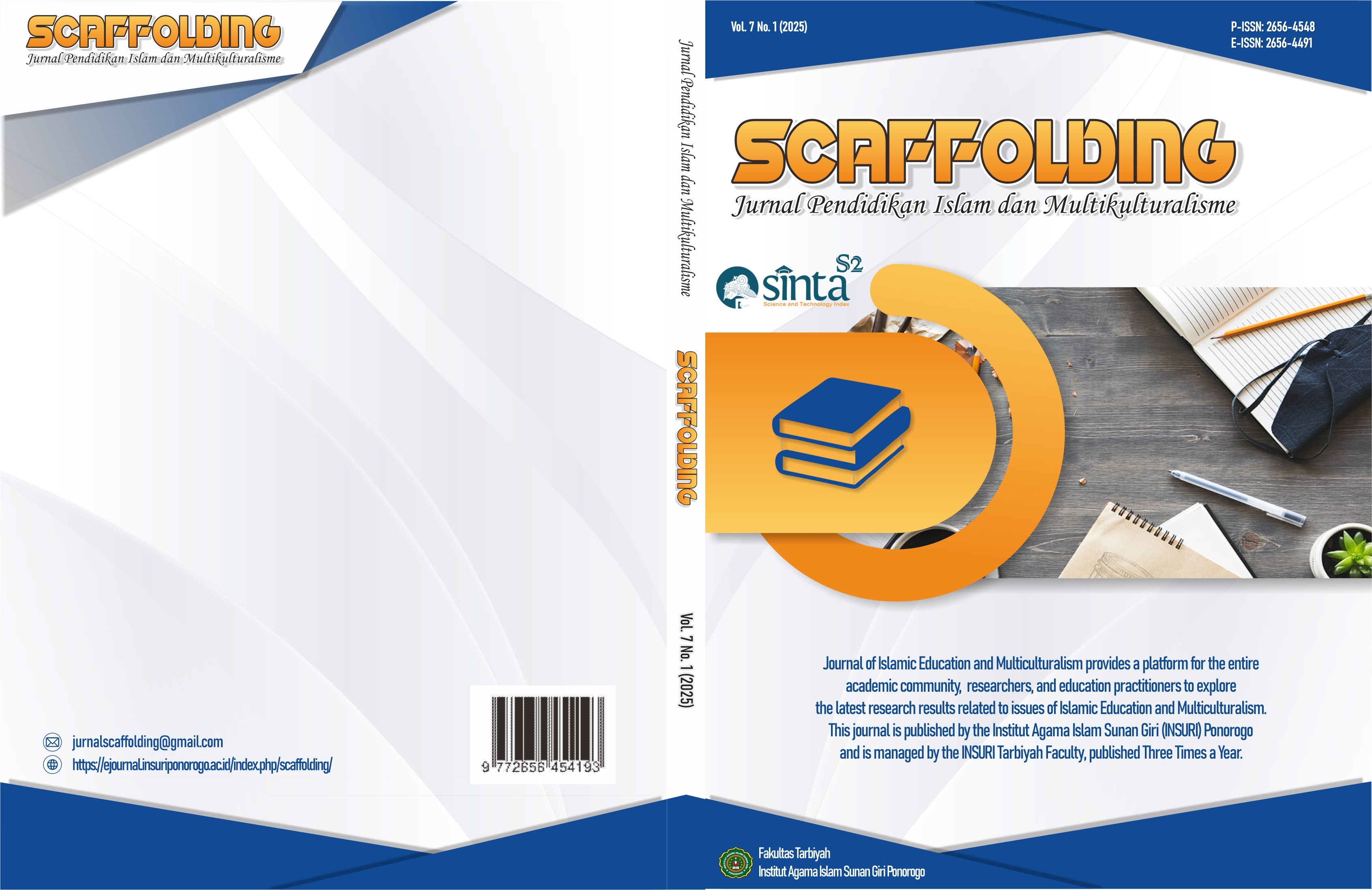Optimizing the Special Job Placement Unit for the Effective Absorption of Vocational High School Graduates
DOI:
https://doi.org/10.37680/scaffolding.v7i1.6570Keywords:
Absorption of graduates, VHS graduates, SJPU, Vocational educationAbstract
This study evaluates the effectiveness of the Special Work Placement Unit (SJPU) in Vocational High Schools (VHS) in channeling graduates into the world of work. Using the Systematic Literature Review (SLR) approach and bibliometric analysis with VOSviewer, this study identified trends and gaps in previous research. With the PICO (Problem, Intervention, Comparison, Outcome) step, the main questions asked include the effectiveness of SJPU in distributing graduates and their supporting and inhibiting factors. The results of the study show that SJPU plays an important role in tracer studies, job training, and partnerships with the business/industry world. However, the limitations of management personnel, ineffective communication of alumni, and the incompatibility of graduate competencies with industry needs are still the main challenges. Therefore, the optimization of SJPU needs to be carried out through increased cooperation with industry, the use of digital technology in employment information, and the alignment of the curriculum with the needs of the job market. This strategic recommendation is expected to help vocational education stakeholders in increasing the absorption of VHS graduates and strengthening the role of SJPU as a link between the world of education and the world of work.
Downloads
Published
How to Cite
Issue
Section
License
Authors who publish with this journal agree to the following terms:
Authors retain copyright and grant the journal right of first publication with the work simultaneously licensed under a Creative Commons Attribution-NonCommercial 4.0 International License that allows others to share the work with an acknowledgement of the work's authorship and initial publication in this journal.
Authors are able to enter into separate, additional contractual arrangements for the non-exclusive distribution of the journal's published version of the work (e.g., post it to an institutional repository or publish it in a book), with an acknowledgement of its initial publication in this journal.
Authors are permitted and encouraged to post their work online (e.g., in institutional repositories or on their website) prior to and during the submission process, as it can lead to productive exchanges, as well as earlier and greater citation of published work.



